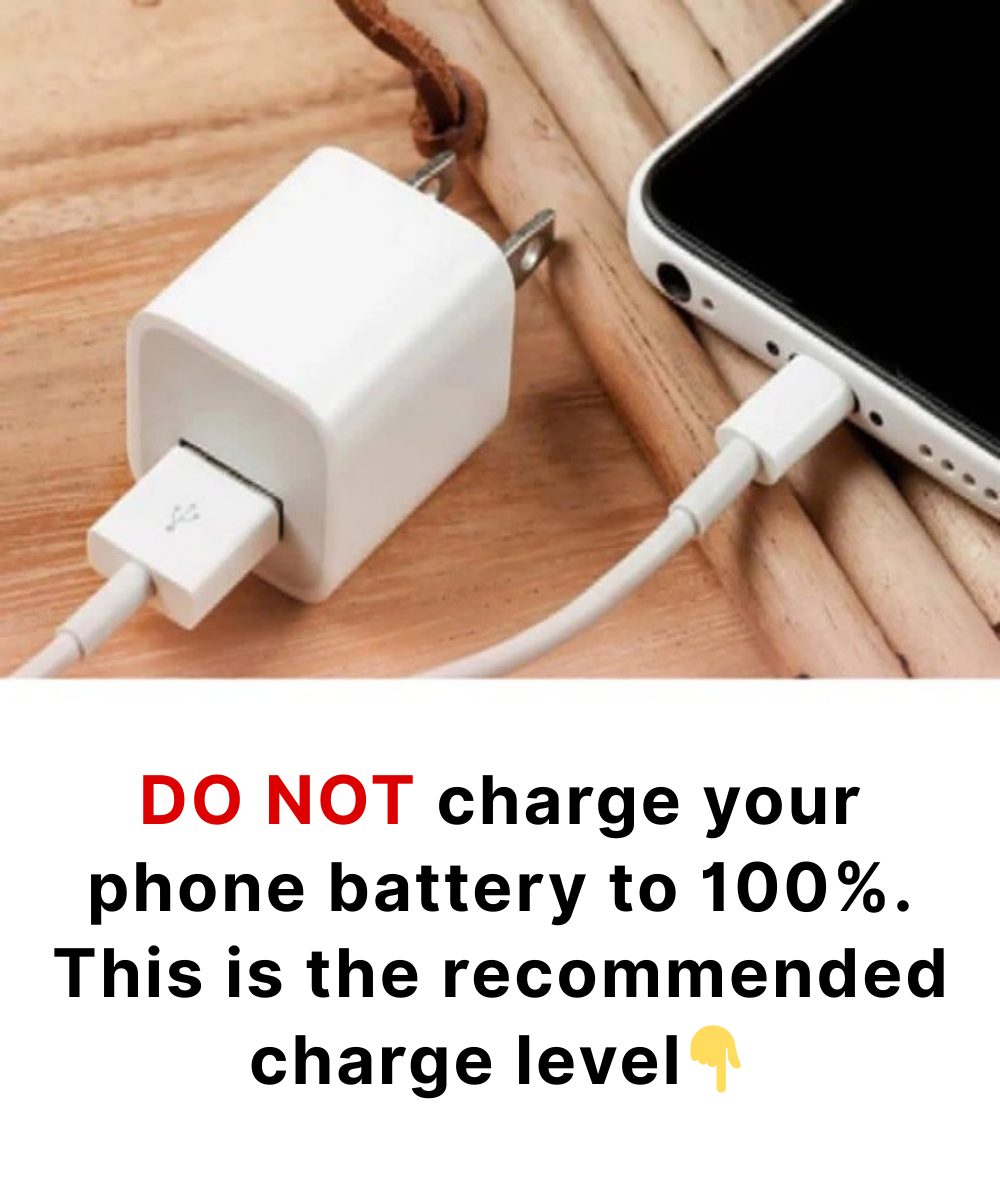We all do it: plug in our phone at night, leave it charging until morning, and start the day with a full battery.
It’s convenient… but not the best thing for its long-term health.
Most modern smartphones use lithium-ion batteries. While they’re powerful, they have a weakness: they wear out faster when they stay fully charged too often. And a worn-out battery means less battery life and more frequent charging.
Battery chemistry, simplified
Inside, energy is stored through chemical reactions. The closer the battery gets to full capacity, the higher the internal voltage becomes—putting more stress on the cells. Think of it like a balloon you blow up to the max every single day: over time, it loses its elasticity.
Keeping a battery at 100% for long periods speeds up its natural aging.
Why aim for 80 to 90% instead
Studies and manufacturers’ tests show that limiting the charge to around 80–90% reduces internal stress. The benefits:
•Less heat generated at the end of charging, which lowers the risk of damage.
•Less chemical wear in the long term.
•Battery life that stays stable for much longer.
Read more on next page
